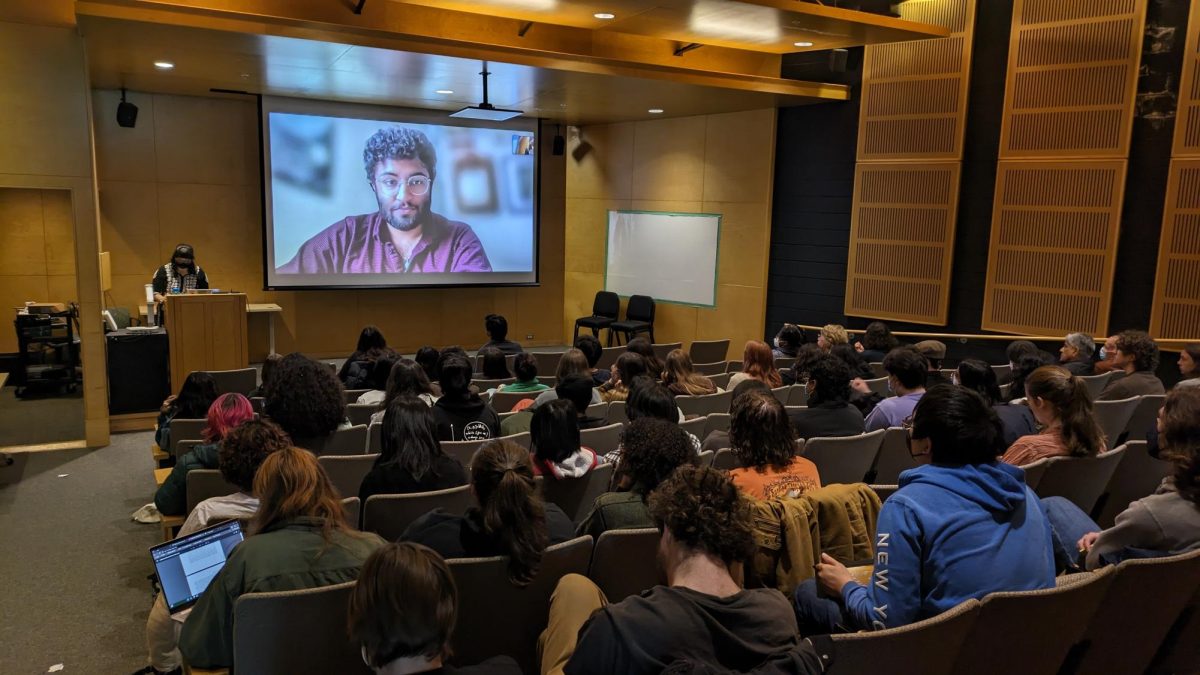Oberlin College Ranked U.S.’s Worst Return on Investment
March 11, 2014
It has been known for years now that Oberlin College is an elite college that provides a fantastic education but has what Business Insider determines as the worst return on investment in the country. And for some reason, nobody seems to care.
Oberlin students should care, and here’s why: 40 percent of 2013 graduates are unemployed, and one third of graduates are working in positions that do not require a degree.
As an institution devoted to social justice, neither students nor the administration should be silent about the prospects graduates face in the job market. Students with connected families will inevitably be better off than students from middle-class, low-income or unconnected families. That is not to say that opportunities are unavailable, but those from disadvantaged backgrounds will need to work even harder to find jobs in an economy where employment is still struggling to recover. Students should be more active in demanding expanded programming within career services, and the administration (especially the trustees) should be developing a plan to increase student ROI.
Oberlin College is facing obsolescence as three forces work against it. The liberal arts degree is losing its value, tuition has been rising at roughly 8 percent per year (three times the rate of inflation) and the Oberlin ROI remains very low. The status quo is unsustainable. With 80 percent of Oberlin students already on financial aid, students will not continue to pay exorbitant amounts of money for an education that cannot provide a return.
As mentioned, students need to take an active role in shaping their careers after school. The future of the U.S. economy will be centered on advances in the fields of science, technology, engineering and mathematics. Those include: automated and autonomous robotics; next generation genomics and synthetic biology; 3D printing; cloud technologies and powerful computer analytics; advanced oil, natural gas and renewable energy exploration and recovery. Students should not be demanding the expansion of departments that make Oberlin even less competitive: CAST, ethnic studies, GSF/queer studies, sociology, etc. These courses are irrelevant to adding value to the modern world. The future of the economy is STEM-based, and value is derived from what you can dream up and what you can technologically execute.
The Oberlin administration and trustees can help in several ways.
1) Expand career services to build an expansive network of alumni, companies and institutions that offer jobs for graduates. Richard Berman, the director of the Career Center, does an excellent job to help students achieve their career goals. But we need five more Richard Bermans to build a substantial network of career opportunities in all fields.
2) Organize paid internships for students. Oberlin students are incredibly creative and critical thinkers. It is unfathomable that students should be required to work for nothing while providing considerable value to the organizations they work for. This is not an unheard-of proposal; many schools organize internships on behalf of their students.
3) Increase funding of STEM classes and encourage students — or require them — to increase performance in these areas.
For an example of what the best career service center looks like, examine the University of Chicago. Its career services office offers hundreds of paid internships with the best companies and institutions in the world. It has a team of directors who are experts in a wide variety of fields, from medicine and research to law and finance, who are able to connect students to their dream career route.
I understand that STEM classes and corporate career ladders are not the norm for Oberlin students, and I do not suggest dissuading students who take the vow of poverty by working for social justice non-profits. Rather, I am suggesting that the school expand options for those who wish to make a living in business, research, law, medicine, finance, etc. — because right now, the attitude shown to those students is: You’re on your own.
As a concluding remark, I would like to note that this is in everyone’s interest. Students with better jobs pay off debt faster and then have more money to donate to the school. A higher ROI increases the prestige of the institution. Low-income and minority students have more and better jobs and therefore more resources and access to methods of social change. Achieving this is not a quick fix. This requires a serious, coordinated effort led by the Oberlin trustees to build a network of opportunities for Oberlin students. Oberlin students ought to be pushing them to do so.














